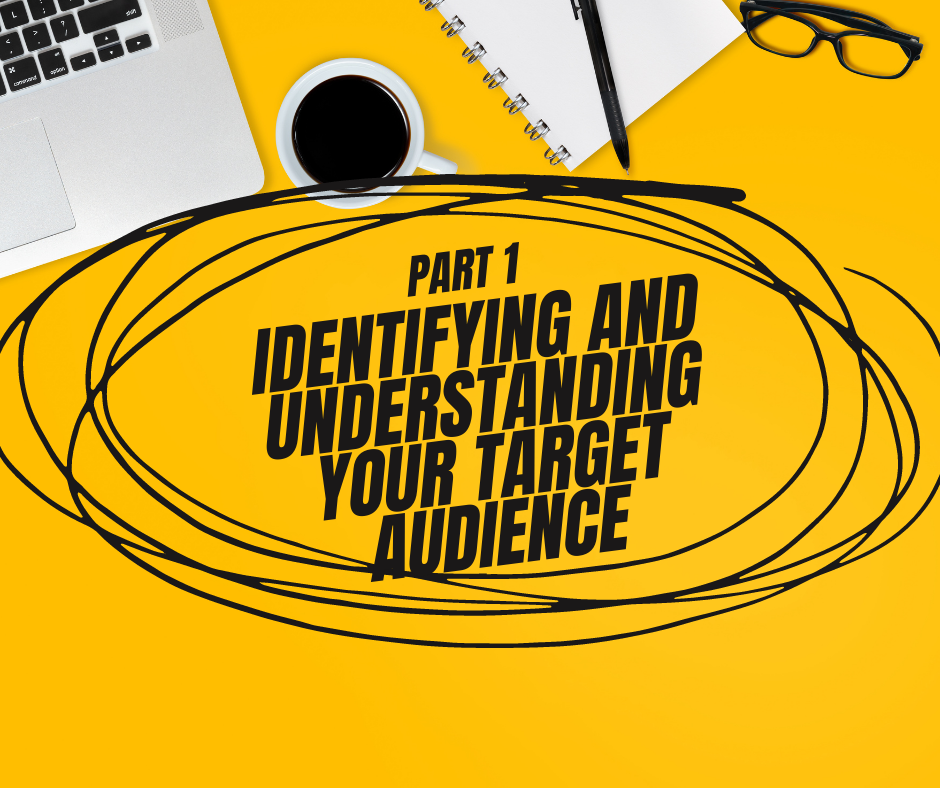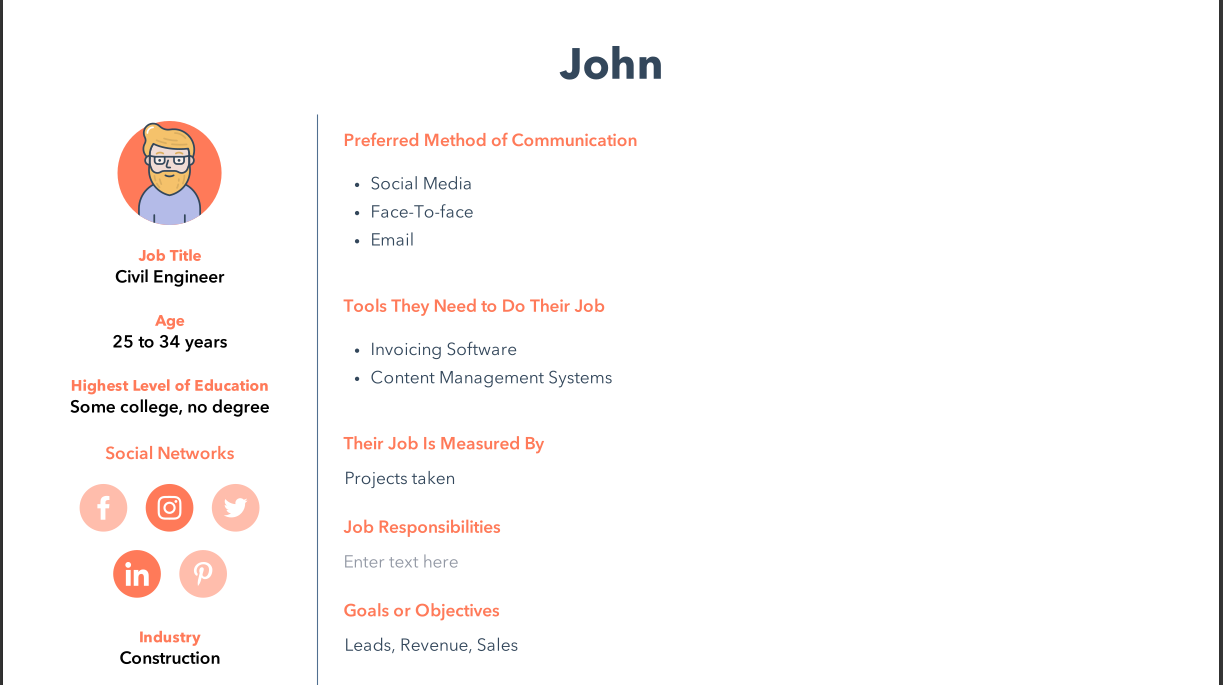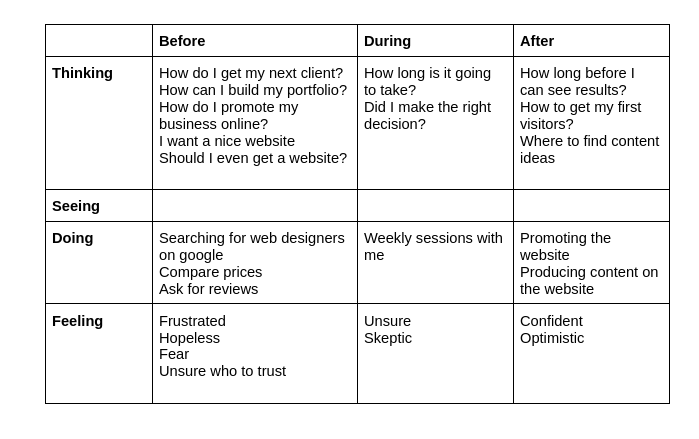
The Complete Guide To Identify And Understand Your Target Audience
Given Ncube
We get it…
Regardless of what most will tell you, marketing and promoting your business online is not easy, actually, it's very hard. But it doesn't have to be, We prepared this series to give you a step-by-step web marketing strategy that actually works. By the end of this series, you will be able to:
-
Define and understand your target audience
-
Create irresistible content for your audience
-
Promote your content and get a steady stream of traffic
-
Convert visitors into leads
-
Make offers your leads can't refuse
-
Make your clients beg you to take their money (well, maybe not quite literally)
Before you even think about hiring a web designer, or spending on ads, the first thing you need to do is understand and know your dream customer intimately!
A study by Marketing Evolution suggests that $37 billion is wasted in ad spend every year from ads that fail to engage the target audience.
As you will see by the end of this post, understanding your audience will help you craft a message that stands out from your competition. Create offers your audience can't refuse, create content your audience can't help but consume and share.
To do this, you need to create buyer personas…
How To Identify Your Target Audience: Creating Buyer Personas
A buyer persona is a semi-fictional representation of your ideal customer based on market research and real data about your existing customers. It's the first step towards getting a deeper understanding of whom you're trying to sell to.
How do you create a buyer persona…
Research
The profile of your target audience or buyer is and should be based on real data or at the very least educated guesses.
Talk to your sales team, if you have one, look at your previous clients. Grab your web analytics, if they are available. Look at your social media followers. Use that data to answer the following questions:
-
In general, who is your customer? Is it a university student?
-
Were they the final decision maker?
-
What does their job look like?
-
Are they your company's primary point of contact?
-
What are their roles at work?
-
What is their preferred method of communication? Email, phone, instant messaging?
-
Which social networks do they use?
-
How do they gain information? Read blog posts, watch YouTube videos?
-
Who do they report to, or do they make most decisions?
-
What do they need to solve their most pressing problems?
-
What are their goals?
-
How old are they?
-
Are they married or single? Kids or no kids?
Create a profile
Now that you have a better idea of who your customer is, it's time to develop a specific, distinctive image of an individual person that you speak to in your marketing. (You might well be creating more than one.) On a piece of paper or word doc, give your persona a name, for example, John.
Add their basic demographic information you got from the previous step like — age, gender, income, where they work, etc. But be sure to also branch off into personality traits, quirks, habits, customs, beliefs, routines, etc.
Take a look at the example below.
[convertkit=3044427]
After that, give your persona a story, for example, “Hilda owns her own interior design studio and works as a solopreneur. She does all the work from looking for clients to delivering the work.”
Not every buying customer will precisely resemble your persona. Your persona may be a woman, but your customer base will also include men.
Further reading:
https://blog.hubspot.com/marketing/buyer-persona-research
https://blog.hootsuite.com/buyer-persona
https://evenbound.com/blog/step-by-step-guide-to-defining-your-buyer-persona
Persona example

Understanding Your Audience: Mapping The Buyer's Journey
Creating buyer personas is just half the work. To have a deeper connection with your audience you have to actually become them. Well, maybe not literally but you have to walk in their shoes. Experience what they experience. To do that you must map the buyer's journey...
What is the buyer's journey?
The buyer's journey describes a buyer's path to purchase. In other words, buyers don't wake up and decide to buy on a whim. They go through a process to become aware of, consider and evaluate, and decide to purchase a new product or service.
Your customer's buying journey is usually broken down into 3 stages, awareness, consideration, and decision stage.
Awareness Stage: The buyer becomes aware that they have a problem.
Consideration Stage: The buyer defines their problem and considers options to solve it.
Decision Stage: The buyer evaluates and decides on the right provider to administer the solution.
How to be in your customer's shoes
In this guide, you will map out this journey using the persona you created in the previous step. You will walk in your customer's shoes, understand what they see, feel and think before, during, and after buying. This is called an experience map.
To get started, open a Word doc, piece of paper or continue just below your persona, create a 5 × 4 grid and fill as shown below
| Think | See | Do | Feel | |
|---|---|---|---|---|
| During | ||||
| Before | ||||
| After |
Before: This is before the customer buys whatever they are looking for, fill out what they are thinking, seeing, doing, feeling.
During: This is when they are buying, for example, the process of getting a quote to pay the final balance. Map out what they think, see, feel and do.
After: This is when the sale is complete, what is your customer seeing, feeling, doing, and thinking?
[convertkit=3044427]
To get an idea of what you should be doing, take a look at the example below…
Some questions to help you better understand your customers
-
How does the prospect find you? What’s the first point of contact? Does she initiate it, or do you?
-
What does the sales process look like today? Anything you know should be fixed?
-
What kinds of web-findable content (blog, YouTube channel, podcast, etc.) are available to the prospect, so she can begin to educate herself about your product or service? What questions are answered?
-
How will you craft the content to be both interesting and useful/relevant to the prospect’s problems?
-
What motivates the prospect to raise her hand for permission-based content, like an opt-in email list? What makes taking that action irresistible for her?
-
What does the prospect need to know to make an informed decision to buy?
-
What does she need to believe and experience to be delighted to
-
become a client or customer?
-
What happens immediately after the purchase is made?
-
How does a delighted customer find out how to refer you to others? What are the steps of that experience?
Experience map example

Do this exercise for each persona and save the file in digital form. You can print it and put it where you see it every day. Every time you want to post something on social or run an ad, refer to this map and decide which stage do you want to target and what exactly are you targeting.
Conclusion
Congratulations! You are now ahead of most of your competition. You now know and understand your audience. You know what content to create for each stage of your customer's journey. In the next article, we will look at how to create irresistible content for your personas.
[convertkit=2908863]